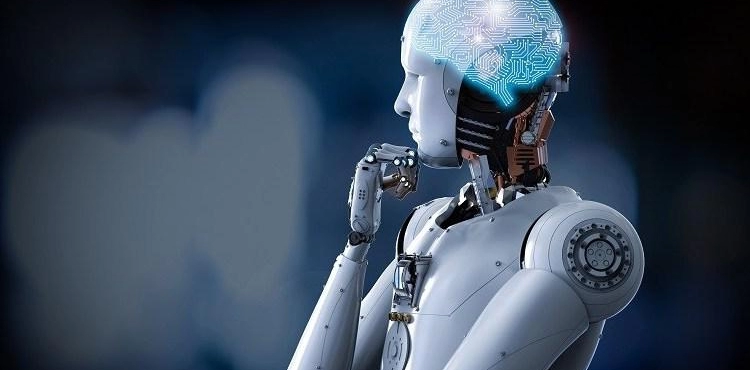Meteorologists are using a number of scientific models and data sources to track drag forms and movements in an attempt to predict storms, but with the breadth of weather databases and time constraints, it is almost impossible to observe a process All storms are successful, especially small storms, at the right times.
A team of researchers at the American Universities of Pennsylvania, the Spanish Elmira and the Aqua Weather Meteorological Company have developed a computational model that allows meteorologists to identify potential storms quickly and accurately.
The computer model relies on artificial intelligence techniques, and can track circular motion of clouds through satellite images.
"The acquisition of this technology, which allows for the identification of dangerous gravity formations, helps it to arrive at more accurate weather forecasts," said Steve Wester, a meteorologist at AcuWeiser.
During the study, the team analyzed more than 50,000 images of meteorological satellites, identified the various forms of clouds that could lead to severe atmospheric fluctuations, and then fed these data within the artificial intelligence system to teach them how to recognize the alarming forms of clouds Of satellite images.
The system can assist experts by warning them in the event of any possible atmospheric fluctuations, so that they can focus their attention on the areas at risk and follow the changes in the atmosphere in those areas.
The artificial intelligence system can detect storms that predict storms up to 99 percent accuracy, predicts no more than 40 seconds, and predicts extreme weather events by 64 percent, surpassing most electronic applications. Currently used in the field of weather forecasting.












